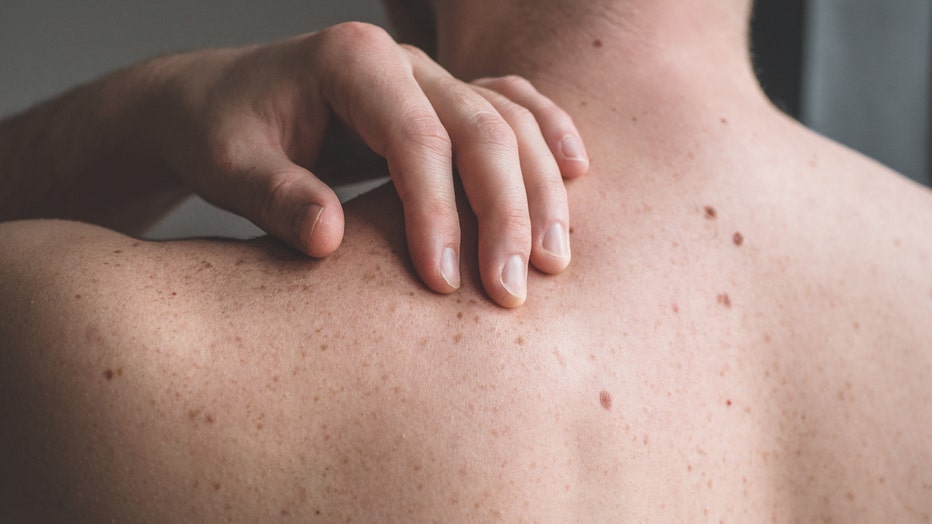Dermatologist shares tips on preparing for a skin cancer check
Do you get a yearly skin checkup?
An estimated 1-in-5 Americans will develop skin cancer during their lifetime. It's the most common form of cancer. And, once you hit 40, dermatologists recommend getting a yearly skin check. So, what should you expect, and how should you prepare for it?
ATLANTA - The sun can be sneaky when it comes to skin cancer.
So, dermatologist Dr. Rutledge Forney of Dermatology Affiliates in Atlanta says if you are 40 or older, you should get a full-body skin cancer check once a year.
"If you've had skin cancer, doing an annual surveillance at the least once a year is really important because finding things early makes all the difference."
Dr. Forney says in her experience, tanning bed use is a major risk factor for skin cancer.
"If you had more than, you know, 15 exposures to a tanning bed, I would start doing skin checks right now, because those things are sneaky, and they're so often in places you can't see because a tanning bed does a lot on your back," Forney says.
The Skin Cancer Foundation offers tips on how to prepare for a skin cancer screening.

File Image - Close up detail of the bare skin on a man back with scattered moles and freckles. via Getty Images
Start by removing nail and toenail polish to allow the doctor to examine your nails, where skin cancers can form.
Next, bring along a makeup remover so that your dermatologist can get a good look at your facial skin.
Your doctor will want to closely examine the skin around your eyes.
Wear your hair loose, so the doctor can check your scalp for skin cancers.
And, finally, ask questions.
To check for signs of skin cancer, Dr. Forney says the doctor will want to examine your whole body.
So, you will have to remove your clothes and put on a medical gown, but, Forney says, the exam should take less than 10 minutes.
"We kind of go from head to toe in the back, and we go from head to toe in the front," she says. "Most dermatologists have a little light that magnifies and polarizes things on your skin. So, we can see something that may look a little funny from the naked eye, but when we get close, we can see, 'Oh, it's fine. It's a hair follicle that makes it look funny, or 'No, there's a pigment pattern there that's concerning.'"
Skin cancer pictures: How to track signs of cancer
To help track changes in your skin over time, Dr. Forney says, try to see the same person each year for your skin check.
They will take photographs and compare any changes in moles or growths from year to year.
"We're not yet at the point where we can do full body photography, but there's so much technology that's coming where they will be able to do full body photography," Forney says. "And artificial intelligence is going to help us be able to, to track changes in spots on the skin. So, we're on the tipping point of making that body check a whole lot easier and less and less invasive, if you will, psychologically."

